Feb 6th 2023 - Team
How to Use an Espresso Machine: Proper Ways, Tips, and More!
To make perfect espresso shots, you'll need to practice and be patient while learning the technique of the espresso brewing process. This how-to guide can provide you with the steps needed to learn to make that perfect cup of coffee with an espresso machine!
How to Use an Espresso Machine
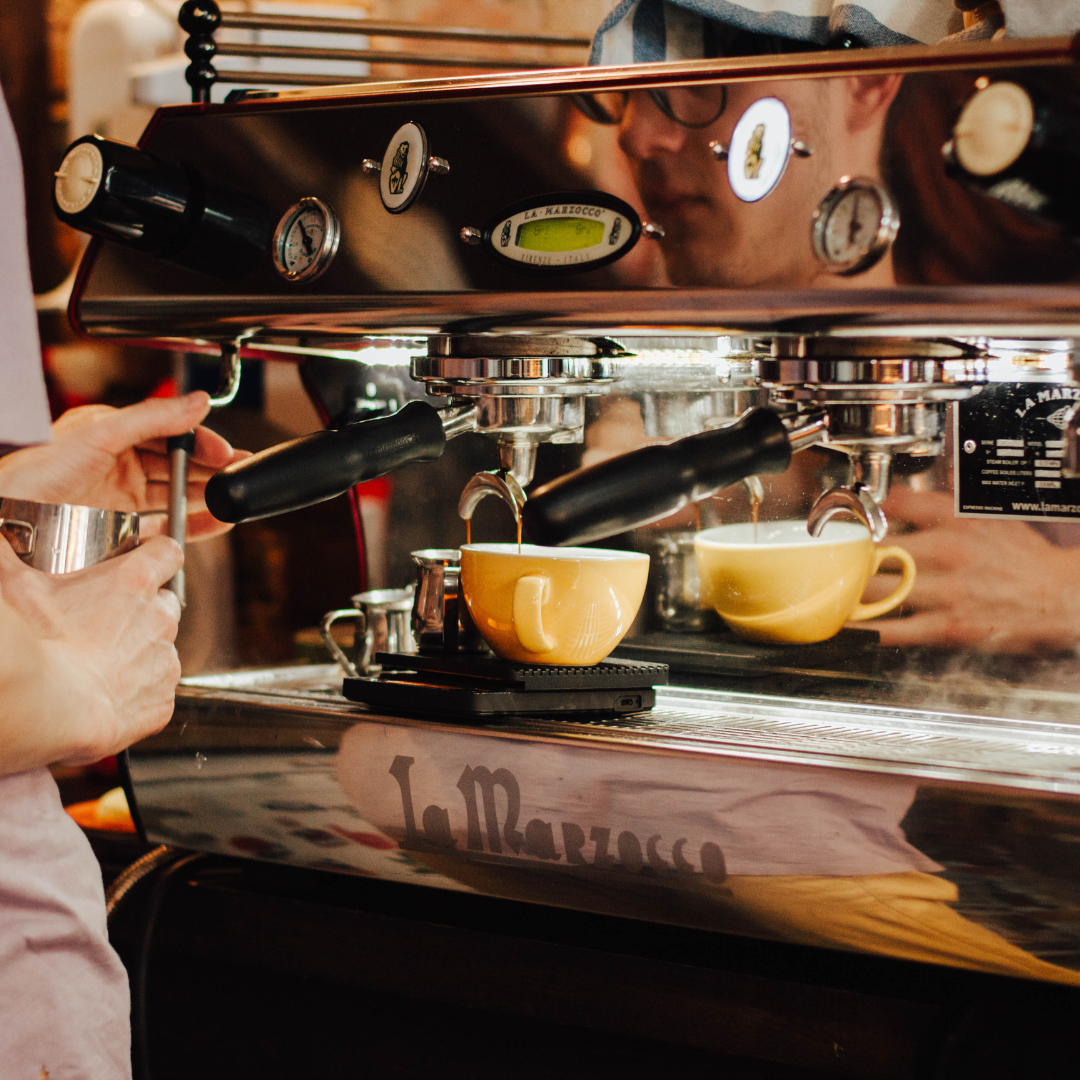
- Step #1: Preheat your espresso machine
- Step #2: Grind and measure your beans
- Step #3: Tamp the ground so that the bed is flat and even.
- Step #4: Pull your first shot.
- Step #5: Dial The Shot
- Step #6: Steam Milk (Optional)
Step #1: Preheat your espresso machine
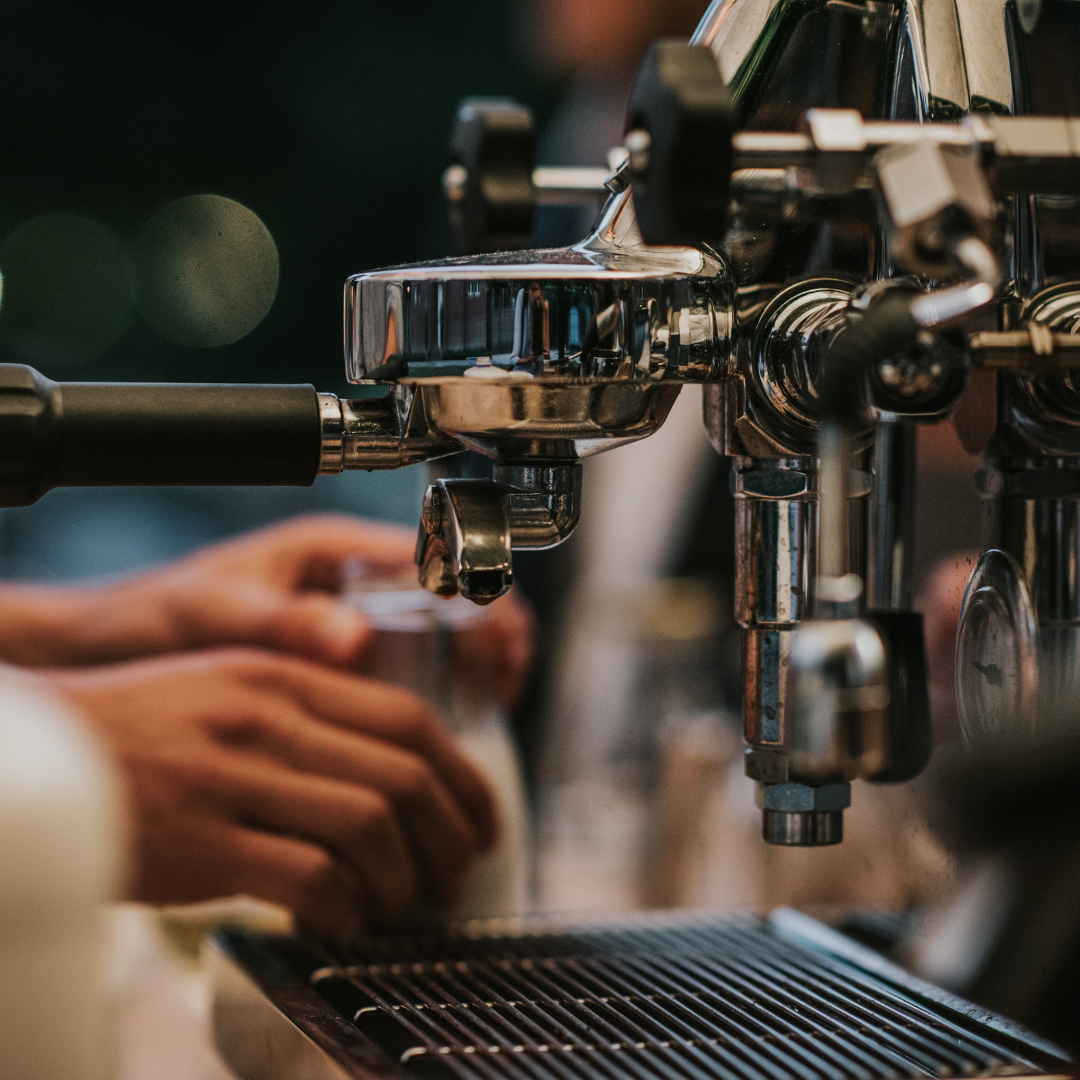
Maker, make sure that the entire machine is preheated. Some machines may take more or less than others so have yours ready ahead of time!
To quicken this procedure, remove the espresso from the portafilter and extract a blank shot because pulling this shot directly into your espresso cup does double duty by also preheating it.
Step #2: Grind and measure your beans
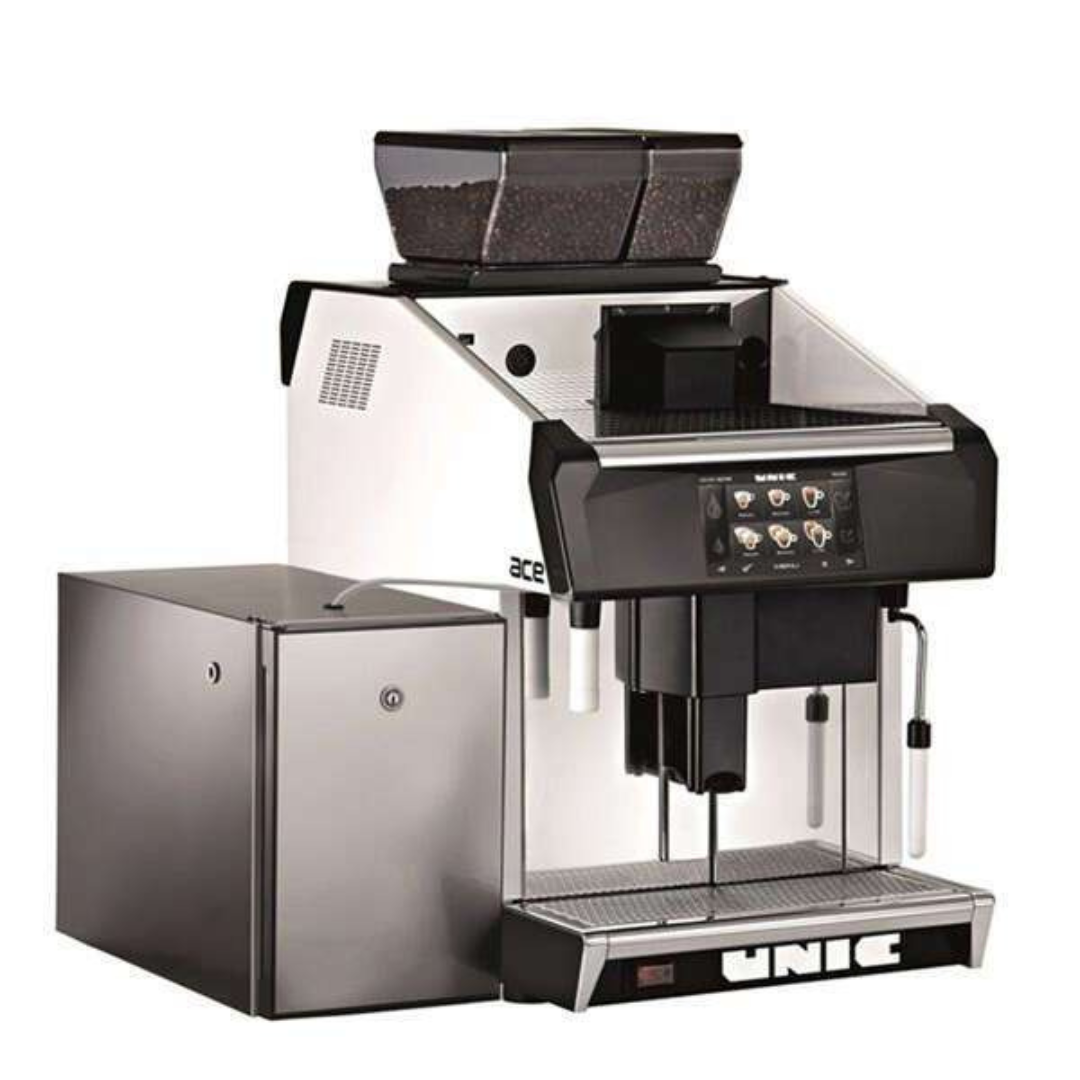
- Set your coffee grinder to fine-grind size. You don't have to worry about what "perfect" looks like right now; we'll get to it later.
- Place your portafilter on the scale and tare it. Then fill your portafilter with approximately 20 grams of ground coffee. It's a good idea to keep track of how much you used. This would help you stay consistent during the dialing-in phase.
The capacity of your machine's portafilter is recommended by the manufacturer and working within the range they've specified is prudent because some portafilters are larger or smaller than others!
- This tip is if you have an espresso machine with an integrated grinder. Simply grind into your portafilter.
Product Featured: Grindmaster TST 1
Step #3: Tamp the ground so that the bed is flat and even.
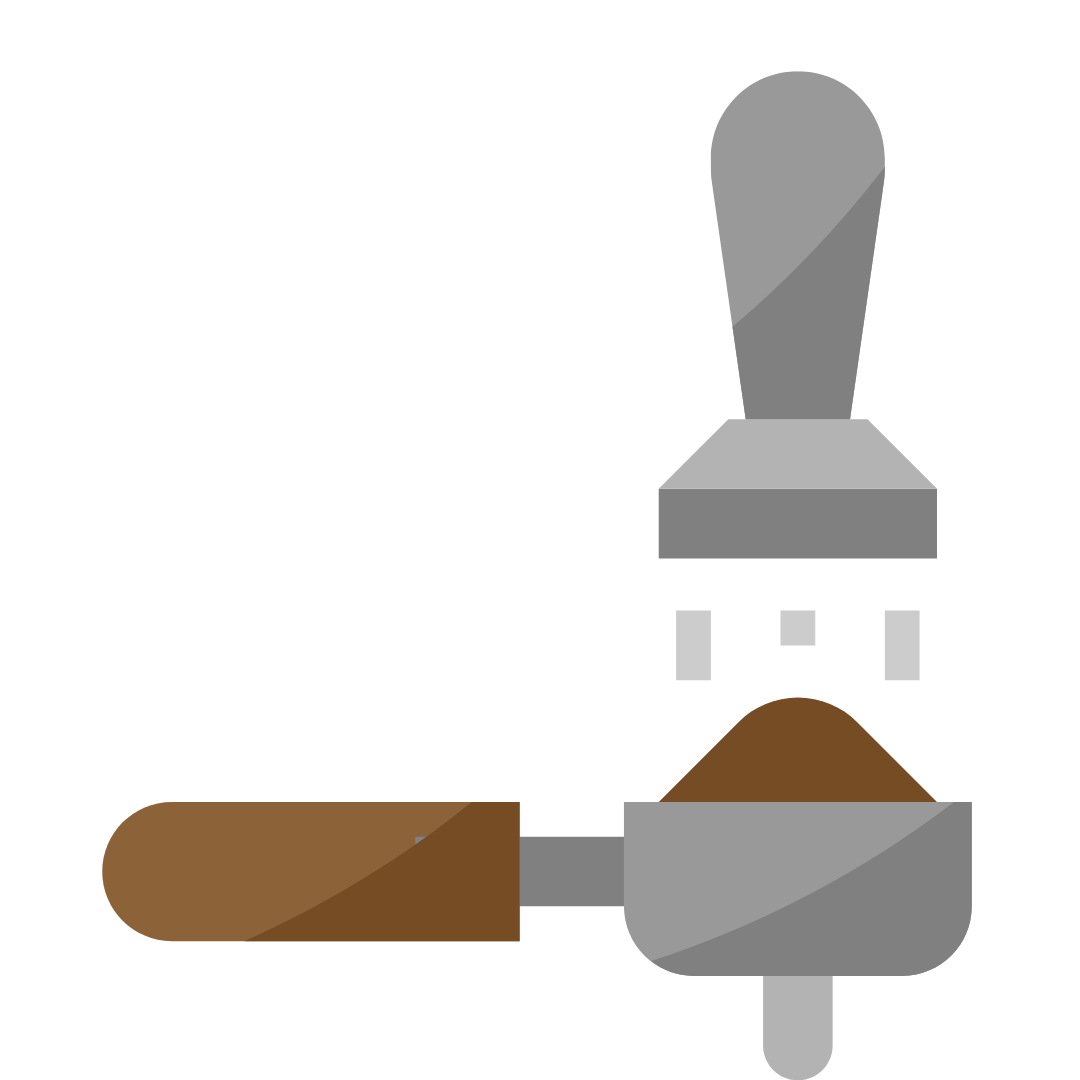
Before tamping, your beans should be roughly and evenly spread. This can be done by lightly touching the side of the portafilter with your hand. You can also do this by leveling the espresso grounds with the side of your finger. After that, it's time to start tamping. The secret to good tamping is to press down straight. This is to avoid that unwanted uneven coffee puck. Though you would want to apply some pressure, the classic adage of 30 pounds of pressure is probably overkill.
- Tamp until the grounds stop settling
- Always ensure a level surface: A straight tamp will ensure that the coffee is evenly distributed. As a result, you will be able to avoid channeling and, as a result, over, under, or inconsistent extraction.
- Give your tamper a fast spin. This is to polish the top of your espresso puck,
- Brush any extra grinds from the top or sides of your portafilter. After that, it's brew time!
Practice Makes Perfect!
Tamping is a bit of an art that improves with experience. Make sure you jot down relevant information from your past experiences in tamping to perfect it! Take note of things such as the sort of bean you're using as well as estimate how much you tamped (e.g. "Pushed down at around 50% strength until grounds stopped compressing"). This will come in handy later when fine-tuning the shot. Using a palm tamper instead of a normal tamper can greatly improve your espresso-making experience.
Step #4: Pull your first shot.
Time how long it takes to hit 2 ounces while pulling this shot. 2 ounces is the typical size of a double shot. You should aim for between 20 and 30 seconds for every pull.
If you're in this range, congratulations! You've technically produced espresso! Hopefully, it will be rich, black, sweet, and beautiful. However, this first shot is simply setting a baseline.
Step #5: Dial The Perfect Shot
Take note of the pressure attained if you use a pressure gauge machine because this will let you modify your next shot whether there is too much or too little pressure. Good espresso machines will show you how effectively extracted your shot is through a dashboard for an espresso machine that focuses on the pressure gauge.
If you don't have a scale, taste your espresso and check if it's up to your standards. If it is, write it down your journal. If your espresso is being extracted too rapidly, try a finer grind. If your espresso takes an age to pull, you'll want a coarser grind.
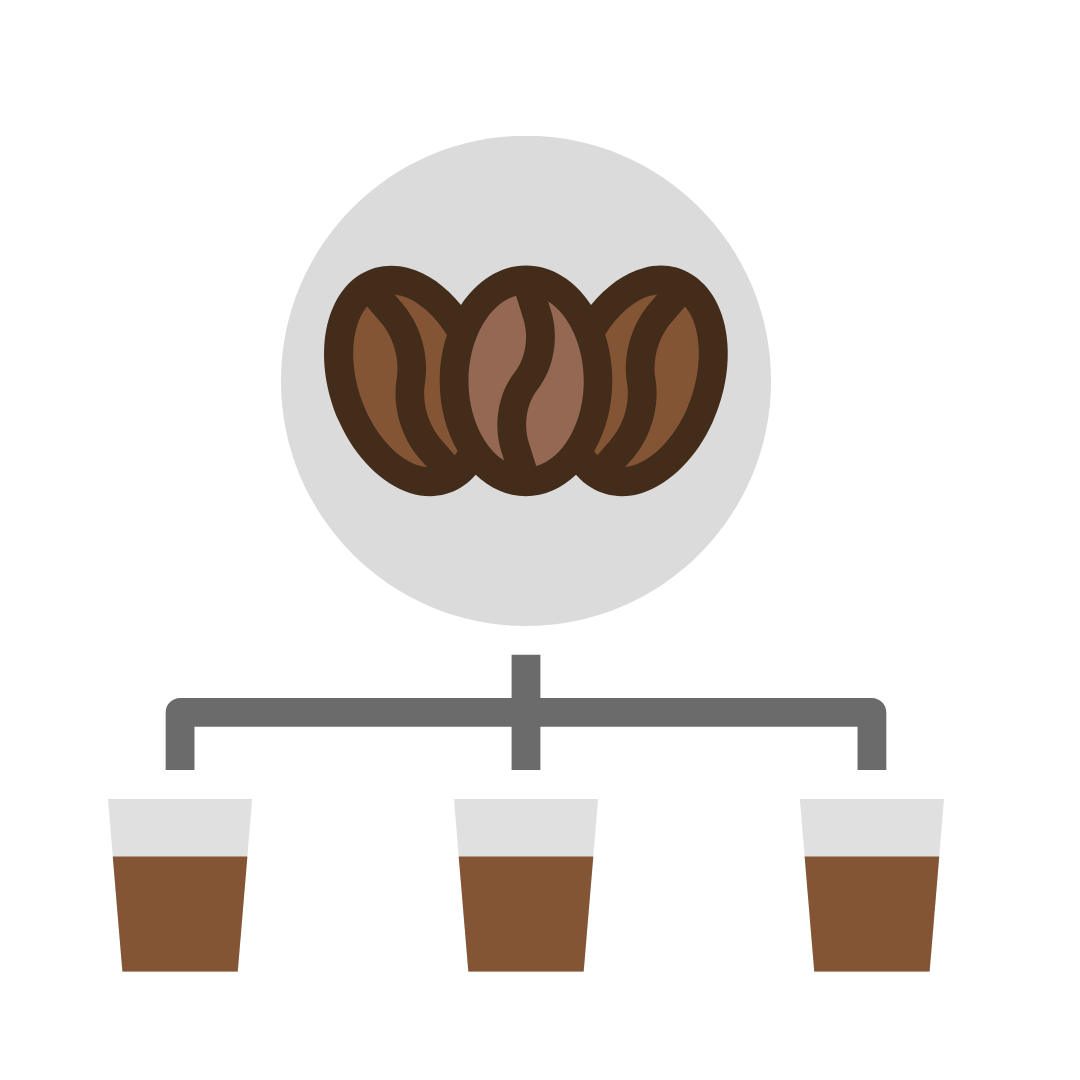
When changing the grind size, discard the first portafilter's worth of grinds because the grounds will be a mix of sizes as soon as you adjust the setting.
In the end, we don't measure flavor in seconds. A finer grind is recommended if your espresso tastes under-extracted (sour) and avoid bitterness signals because your espresso has been over-extracted, and you should use a finer grind next time.
If you go between roasts, especially light and dark, you'll have to go through the dialing process again because darker roasts are more difficult to over-extract than light roasts and they benefit more from a coarser grind. Don't forget to properly dispose of your grounds!
You can stop here if you or your customer wants to drink the perfect espresso shot straight. If they want something creamer or they would like to have a different type of coffee that is milk-based, make sure to keep reading because it's time to get to work on the milk.
Step #6: Steam Milk (Optional)
Steaming the milk is the next stage in making milky espresso drinks such as latte, cortado, or macchiato If your machine comes with a steam wand this process would be easier for you but otherwise, you will need to use a separate milk steamer to steam your milk otherwise. A milk frother will suffice.
Using the steam wand on your machine
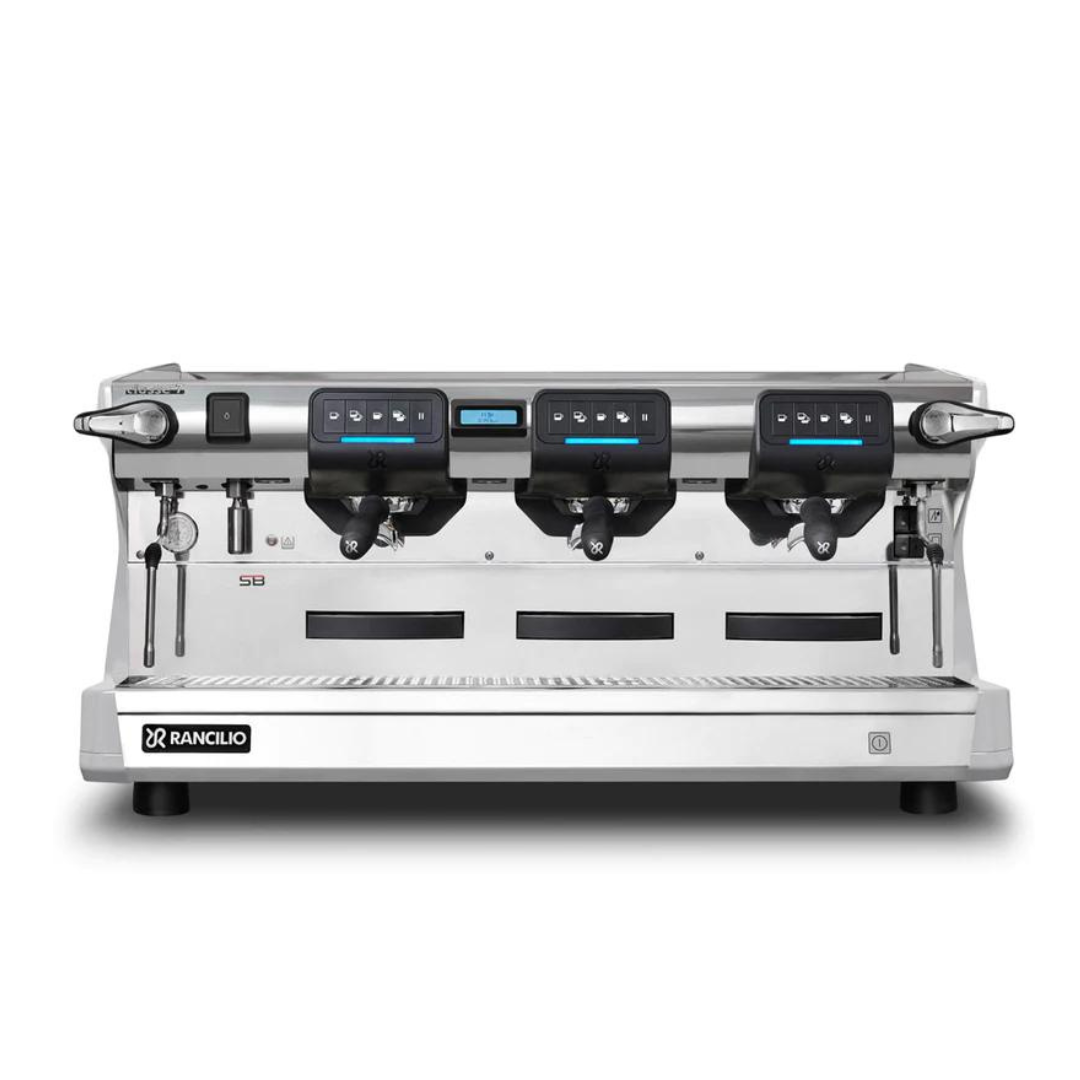
- Begin with cold milk in your stainless steel milk pitcher. Turn on your steamer wand momentarily to remove any moisture that has gathered in it.
- Place the steamer wand tip beneath the surface of the milk. Steam the milk until it reaches the appropriate consistency using your steamer and make sure to keep the steamer wand just below the surface.
- Once you've achieved the desired frothiness, insert the tip into the bottom of the milk vessel and continue steaming until you reach the correct temperature. After that, wipe down your wand and give it a quick purge. This is for sanitary purposes.
- All of the lipids in milk have melted into liquid form and will not damage the foam at the appropriate temperature of 55-65°C (139-149°F).
Heat is the key to making your milk foam. If you use too little, your froth will separate, and if you use too much, your milk will taste scorched and nasty. Practice, practice, and you'll get the hang of it.
Product Featured: Rancilio Group North America CLASSE 7 USB3 TALL 3
What Kind of Delicious Coffee Drinks Do You Use in an Espresso Machine?

Espresso beans are simply darker-roasted "ordinary" coffee beans. Sticking to a dark roast will help you get the rich taste that espresso beverages are known for. While espresso coffee beans are available, any dark roast, such as a French roast, would suffice. When making espresso, though, you will always need to ground your beans to a fine fineness but experiment with several roasts until you discover a flavor profile you enjoy. It's all about finding tastes that motivate you to create more when it comes to preparing espresso at home or for your customers.
Espresso Terms You Need To Know
Here are some espresso-related terms you need to know if you are trying to level up your espresso game.

Crema
It is the light-colored liquid that appears first after extracting your espresso shot. The lighter liquid filters to the top when the darker espresso interacts with the crema. This forms a tan-colored layer on top of the darker espresso.
Group head
The metal disc-shaped element of an espresso machine into which the portafilter locks and this is also where the hot pressurized water for an espresso is distributed.
Portafilter
A portafilter is a handle with a filter basket in which you place your ground espresso beans and the flow of water from the group head also goes through here.
Pulling a shot
It entails using the espresso machine to produce a shot of espresso and this phrase refers to the days when baristas had to pull a lever in order to make a shot.
Purging the steam wand
It enables steam to depart the wand, which aids in the removal of residue and heats up the wand.
Tamping
Tamping espresso grounds is the process of compacting espresso grounds into your portafilter. Because there are no cracks or fissures for the water to flow through, the pressured water extracts more flavor from your grinds.

